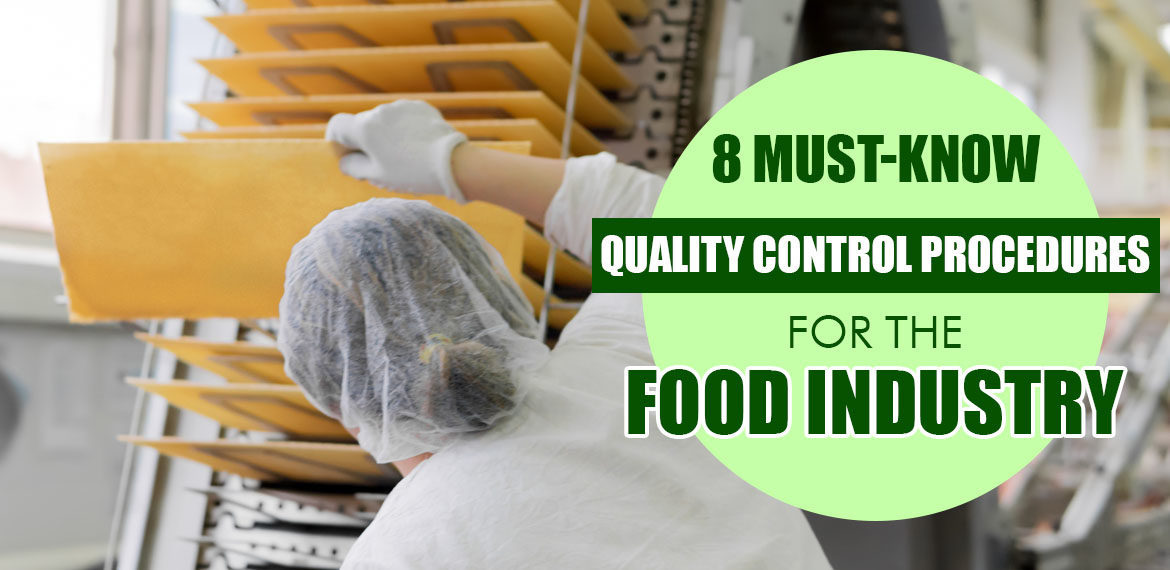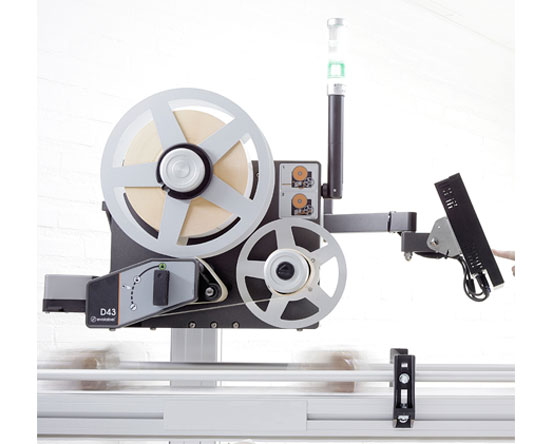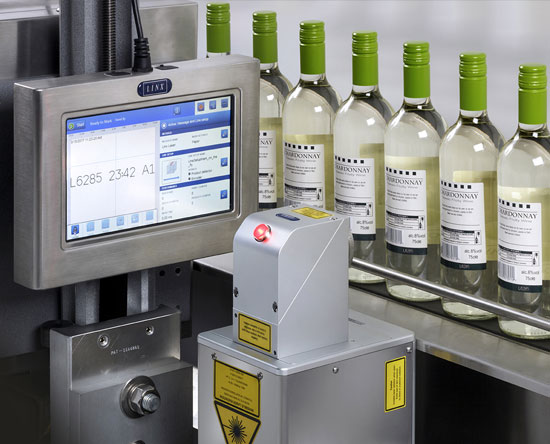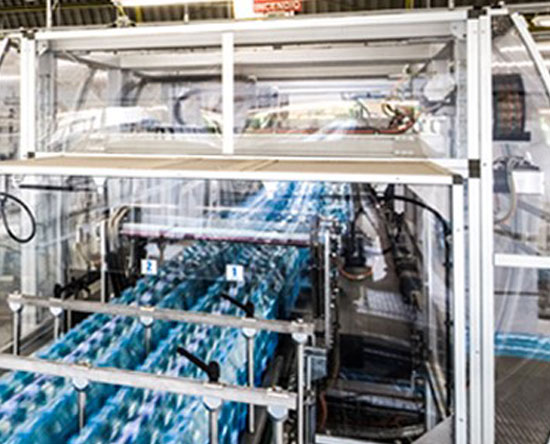The food industry is a group of companies that supply most of the food consumed by the global population. And when it comes to dealing with these highly sensitive products, even just a small incident when the quality of food has been compromised could easily tarnish a company’s image. This can ultimately lead to a considerable profit loss.
That’s why in order to keep afloat in this challenging industry, businesses should maintain quality standards and strictly adhere to quality requirements imposed not only by the government but also by international organizations.
This can be easily achieved by identifying and consequently, eliminating the source of quality problems to ensure customer’s needs are continually being met. For further information, here are 8 must-know quality control procedures for the food industry.
8 Essential Food Quality Control Procedures That Companies in the Food Industry Should Know
1. Present the Product Requirements Document
Containing all the requirements of a product, this particular document is one of the most vital tools to assure food quality control is being met. Through this written document, it allows people to understand what a product should do.
The PRD should include all the chemical, physical, and microbiological characteristics of the final product. Physical standards are defined by dimensions, shape, weight, and volume of the food. Count per package and any other special features of the food product should also be added. Microbiological characteristics, on the other hand, would depend on a specific food item. For instance, pathogens and foreign materials present when processing the food should be involved in the document.
Ultimately, by providing an overview of your product, you’ll have an easier time meeting food quality standards.
2. Specify the Ingredients List
Producing an accurate and comprehensive list of ingredient specifications is another important step to ensure product quality, safety, and suitability. After all, a company’s food product can only be as good as the raw ingredients and materials that made it.
Make sure to include the following information for documentation:
-
- Name of the actual ingredient
- A brief description of the ingredient
- Composition of the material
- Country of origin
- Shelf life
- Storage conditions
- Special requirements such as allergen information, GMO status, etc.
Listing down all this data would ultimately protect your company from accidentally purchasing fraudulent raw ingredients and materials. This includes counterfeit food, diluted food, substituted ingredients, adulterated food ingredients, and misrepresented food.
3. Include the Product Formulation
Product formulation offers an understanding of how materials behave and interact with each other in order to become an active ingredient. When such information is not well understood, changes in the raw materials or local environment can drastically affect the quality of the product.
That’s why every company should have a written document containing the formula or recipe used for every food product. This would help assure the consistency of the item between batches, lots, and days of production.
Tip: Does your company have a highly confidential formula? A simplified recipe can be put in place to assure it stays a secret.
4. Provide an Approved Supplier List
When it comes to purchasing and quality control, it’s best to have an approved supplier list. This would give your company the ability to oversee which item or specific set of items can be procured (or be restricted from procuring) from the suppliers.
The list should include at least the following information:
-
- Ingredient name
- Internal code
- Supplier name
- Supplier’s code number
- Phone number
- Address
5. Keep Track of In-Process Records
As a business owner, it’s vital that you keep updated of what’s happening with your product during the manufacturing process. You can do this by instructing your quality control and production personnel to keep track of daily maintenance logs.
Measure product size and shape, weight, and temperature. Then include all of this information and measurements during the manufacturing process. By ultimately keeping track of these things, you can avoid the finished product being a health hazard which ultimately costs your business.
6. Guarantee Good Manufacturing Procedures (GMPs)
GMPs refer to the basic environmental practices and operational conditions required to enable a food business to produce products safely. As such, these regulations minimize the risk of contamination of food products by the employees working in the manufacturing, packing, processing, and warehousing facilities.
As an integral part of quality control, food business owners should ensure that GMPs are being carried out successfully by employees.
Did You Know? Aside from GMPs, regular cleaning and sanitizing programs are important in preventing food contamination.
7. Ensure Packaging and Labeling Requirements are Met
As the first items that can influence a customer in product purchases, you should make sure that packaging and labeling requirements are met. There are actually two types of packaging that are vital for distributing food products—primary and secondary.
Primary packaging refers to the materials that have direct contact with the food. These are typically bottles, boxes, films, and jars. Their main purpose is to protect, preserve, and hold the said food. Secondary packages, on the other hand, are typically used to hold multiple packaged food items together and provide protection during transit. Examples include large cartons containing smaller boxes, trays, and plastic rings that hold case of cans together.
Did You Know? Tertiary packaging is another type of wrapping that protects food products. They are not usually seen by consumers as they are removed before products are displayed for sale. Examples include cardboard boxes, shrink wrappers, and wood pallets.
8. Prepare a Recall Plan
Have carefully checked and monitored the aforementioned food quality control procedures? Know that even the strictest regulations can still fail so it’s better to be prepared when such scenarios do happen.
This is commonly known as product recall in which you have to bring back an already-released food product from the distribution system. Such return can either be done through a voluntary action by a firm or an involuntary action made by the Food and Drug Administration (FDA). But no matter which organization has requested the return of your goods, it could greatly impact your company’s public image.
That’s why it’s vital to have an effective recall plan in order to successfully handle the situation.
Owning and managing a business in the food industry can be quite difficult. In fact, just the smallest mishap in which the quality of the food has been compromised can easily tarnish your brand image. That’s why as a part of this challenging industry, it’s important to know these 8 quality control procedures to ensure your products are safe.
ALSO READ: Coding Solutions: Top Choices for the Food and Beverage Industry
Maintaining food quality standards can be quite challenging. But with the right packaging equipment, you’ll be able to ensure that your food products are perfectly safe to consume. Elixir Industrial Equipment Inc., an industrial equipment supplier company in the Philippines, offers a range of packaging machines from renowned brands like Matrix, TridentPack, and more. Feel free to contact us for inquiries!
Visit our blog for more helpful articles about packaging equipment in the Philippines.




